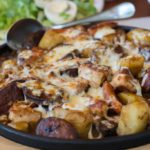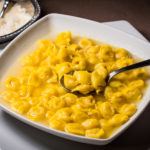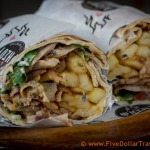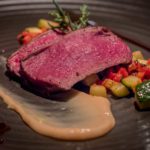Traditional Romanian Food: Get ready to explore traditional Romanian cuisine with our massive foodie guide, where we dive into traditional dishes, select wines, and desserts, including the national dish (and my personal favourite) sarmale.
We’ve been fortunate to sample many of the most popular Romanian dishes during our previous visits, which has enriched our understanding of Romania’s diverse culinary landscape. These foodie adventures have allowed us to create a guide that not only lets you know what to eat but we also share insights of where to find the best versions of each delicious Romanian dish, especially in Bucharest.
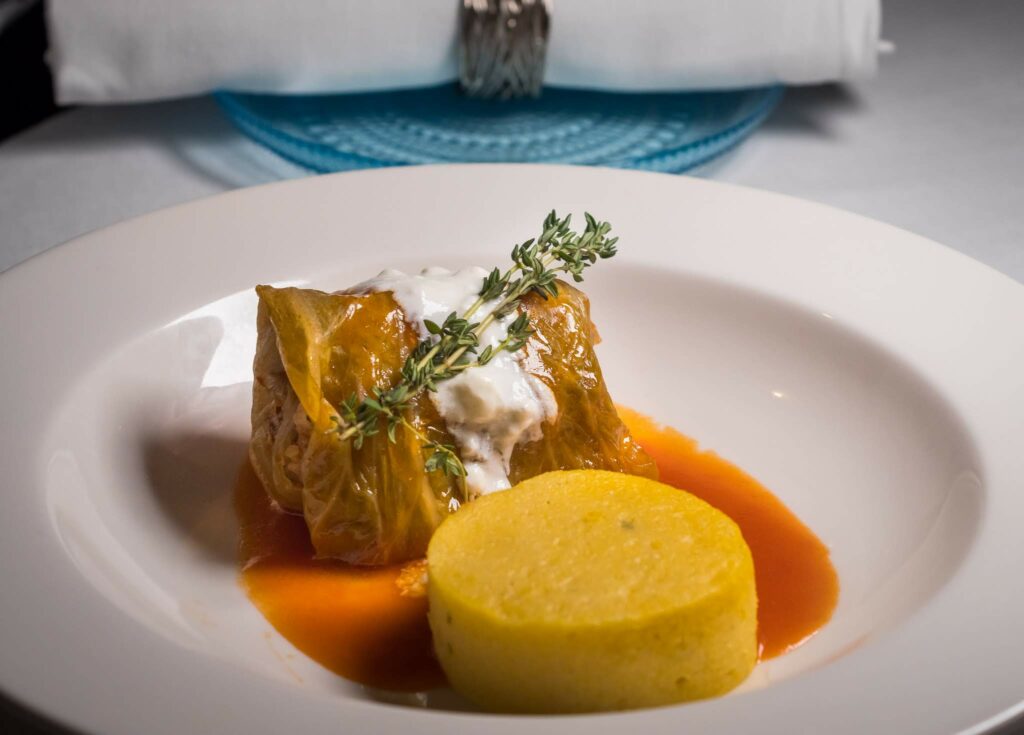
—————
Planning a Trip To Visit Bucharest?
Here are our insider tips on tours and places to stay: Top Tours
Top Hotels and Hostels
Epoque Boutique Hotel – TOP PICK!
—————
Starters, Soups & Salads
Kicking off your Romanian culinary adventure, we introduce you to a selection of starters, soups, and salads – the perfect way to prime your appetite for the main event. These dishes aren’t just appetisers; they’re a showcase of Romania’s rich culinary heritage, carefully designed to tantalise your taste buds and provide a glimpse into the flavourful journey that awaits. It’s a celebration of traditional recipes and local ingredients, all setting the stage for the gastronomic delights to come.
Zacuscă – Vegetable Dip
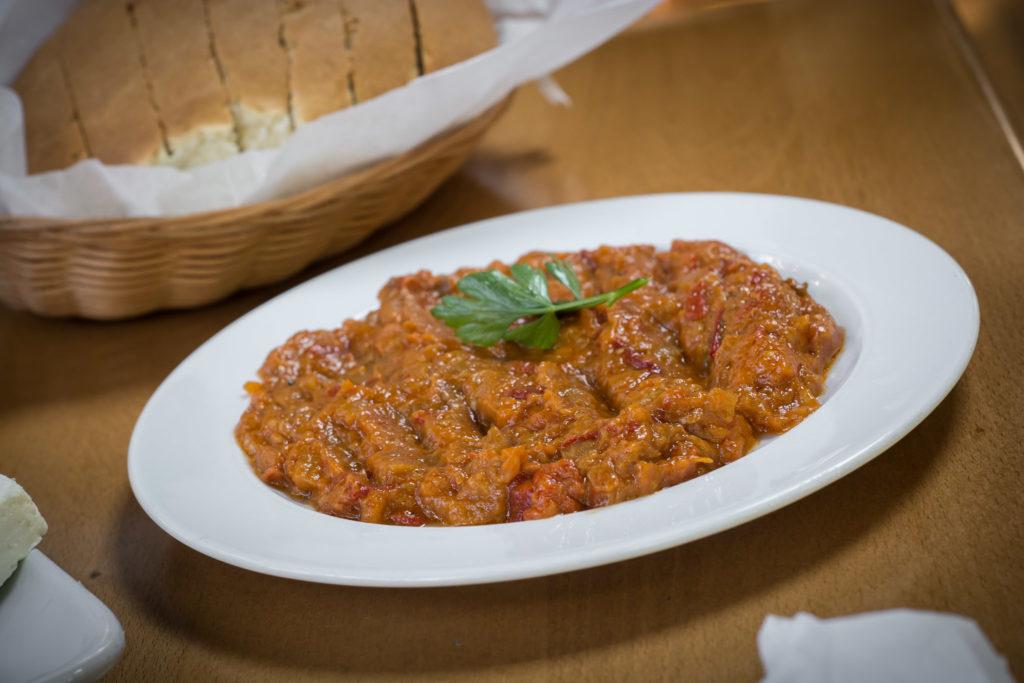
Vegetable spreads hold a special place in the culinary traditions of the Balkans, with Romania presenting its unique take through Zacuscă. While it may have roots in a Bulgarian dish, the Romanian variant stands out with its distinct flavours. Key ingredients like red bell peppers and eggplant are traditionally roasted on a BBQ, their skins charred and peeled off, then blended with a variety of other vegetables such as carrots and mushrooms.
Zacuscă enjoys widespread popularity across Romania, with its presence felt everywhere from local supermarkets and small corner shops to the finest dining establishments. Each place often has its own homemade version, adding to the diversity of this beloved Romanian staple.
Among the numerous versions we’ve tried, the most memorable was the Zacuscă at Zexe Zahana in Bucharest, a true epitome of this classic dish’s rich flavour and heritage.
Salată de icre – Fish Roe Dip
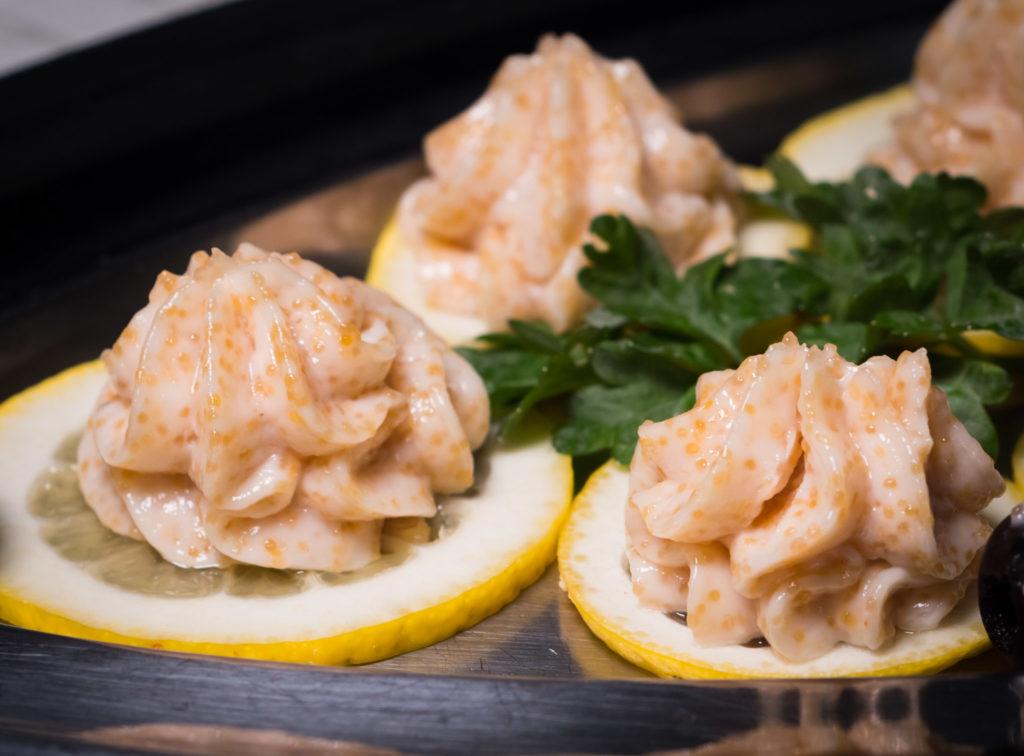
Salată de icre Fish roe – typically from pike or carp – is blended with oil and lemon juice to make this traditional dish. Zesty, fresh, and creamy while not being too fishy. Great with some fresh crusty bread! Eaten at Green Village in the Danube Delta.
Salată de Vinete – Smokey Eggplant Salad Dip
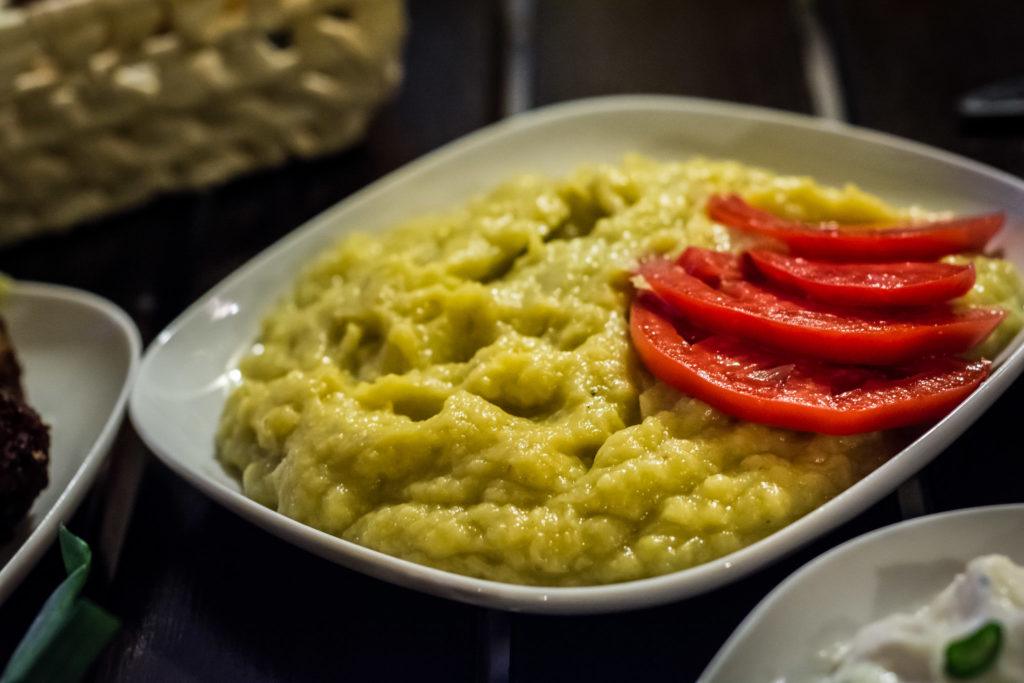
Another typical Romanian food is Salată de Vinete. Eggplants are thrown straight on hot coals to infuse them with natural smokiness. Then blended with oil and perhaps lemon juice. When done right, there should be no bitterness, only a mix of freshness and smokiness.
Jumări – Pork Rinds – Greaves with Raw Onions

Jumări, featuring pork rinds with a delightful mix of soft fat and crispy bits, offers a textural wonder in each bite. The addition of onion provides a perfect counterbalance to the richness of the fat. A standout experience of this dish was at Sergiana in Brasov, where the flavours and textures came together harmoniously. Still drooling at the thought tbh….
Ciorbă de burtă – Tripe Soup
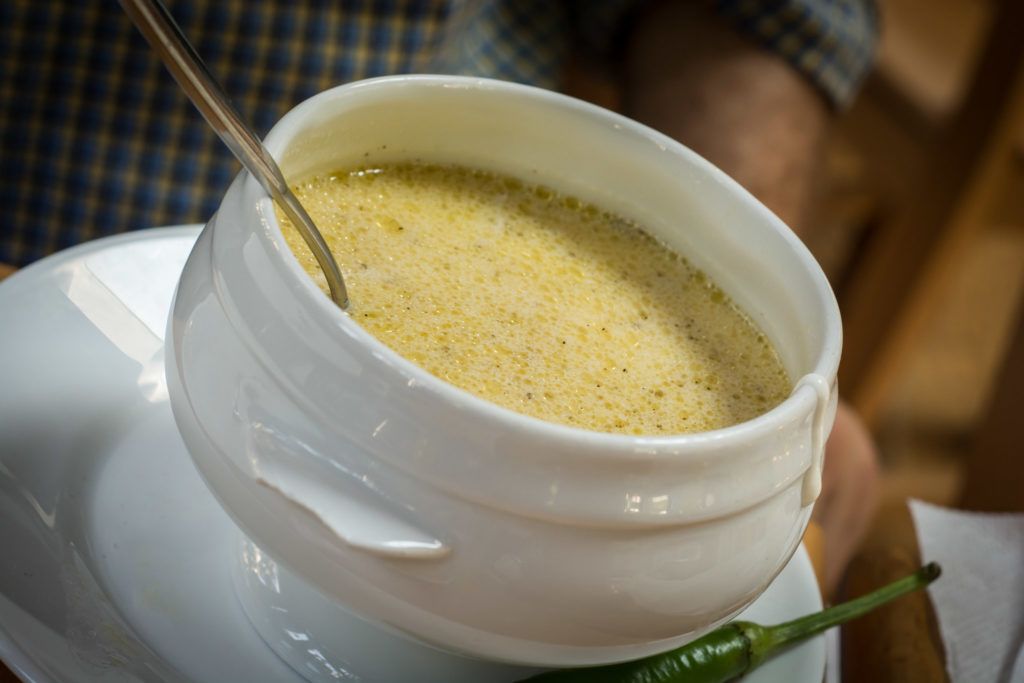
A typical Romanian hangover food, as well as a dish found across the region from Montenegro to Armenia. Ciorbă de burtă is a tripe soup (stomach) mixed with plenty of butter. The butter helps cover up the strange texture and flavor of the tripe – not my favorite, but locals love it! Eaten at Hanu’ Berarilor Casa Oprea Soare, Bucharest.
Caşcaval Pane – Deep Fried, Breaded Yellow Cheese
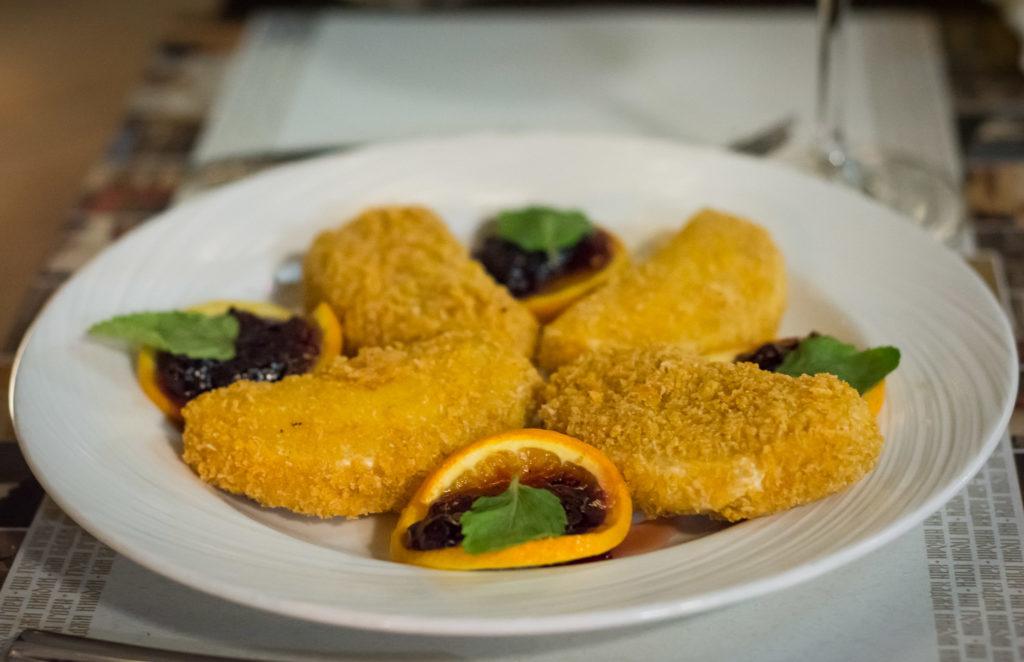
Another dish popular through the Balkans – and the world really – is deep fried cheese. In Romania and Bulgaria, it is made with the local Caşcaval – a mild yellow cheese.
Placinta Dobrogeana cu Branza (sarata) & Plăcintă cu brânză – Cheese Pastries

Pies are a traditional food that date back to Roman times and possibly before. Every part of the Balkans makes their own style of cheese pie. And Romania has quite a few varieties. Dobrogea is a region in SE Romania, near the Danube river and near the city of Constanta. So “Dobrogeana cu brânză” is the cheese pastry of that region and is very flat with a layer of cheese down the middle.
Whereas Plăcintă cu brânză, simply translates as “pie with cheese” and refers to the more generic version that bears resemblance to the multi-layered pastry called “boerek” found throughout the Balkans. Look out for bakeries all around the country. We got the above Romanian cheese pie at a famous bakery chain Simigeria Luca.
Salam – Romanian Sausage (Salamis)
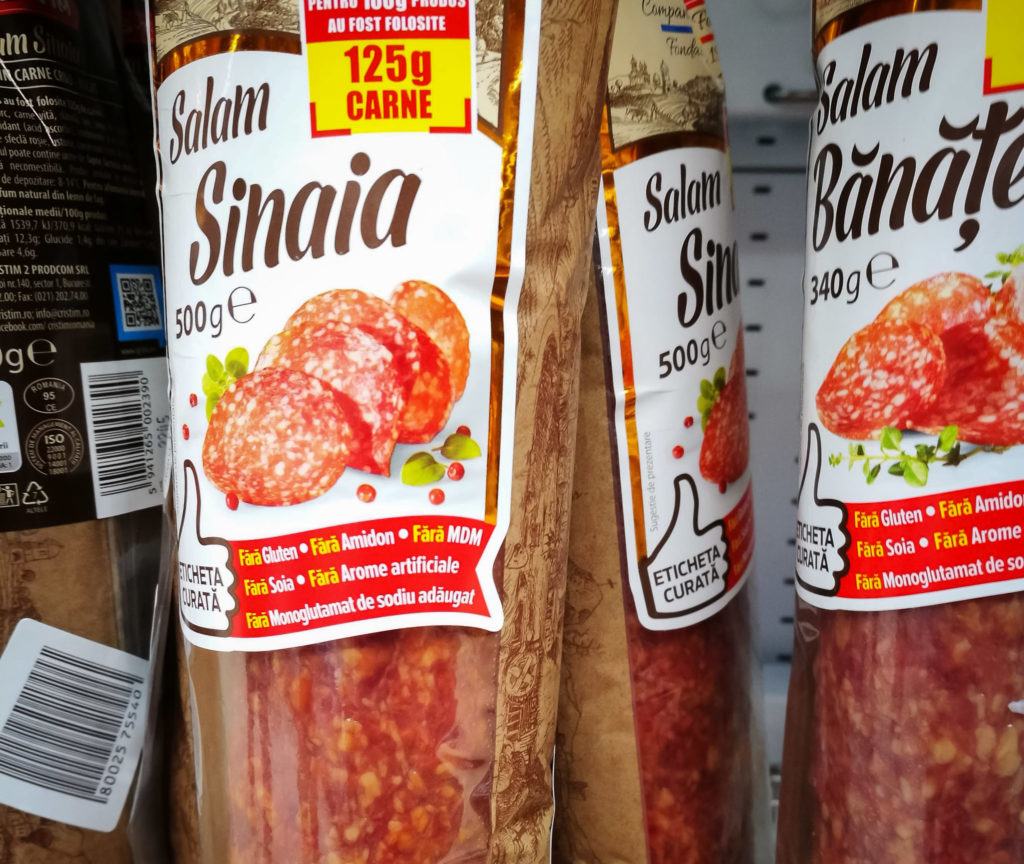
Romania has a huge variety of salamis, often named after the city where they were invented. But, one of the most famous is the Salam Sibiu, invented by an Italian immigrant, who actually set up shop in Sinaia. The reason the sausage was named Sibiu sausage was because it was exported to Hungary and stamped by the customs department of Sibiu. Salam Sibiu is regarded as one of the highest quality pork salamis in Romania.
Ciorbă de fasole cu afumătură – Bean Soup With Smoked Ham Hock
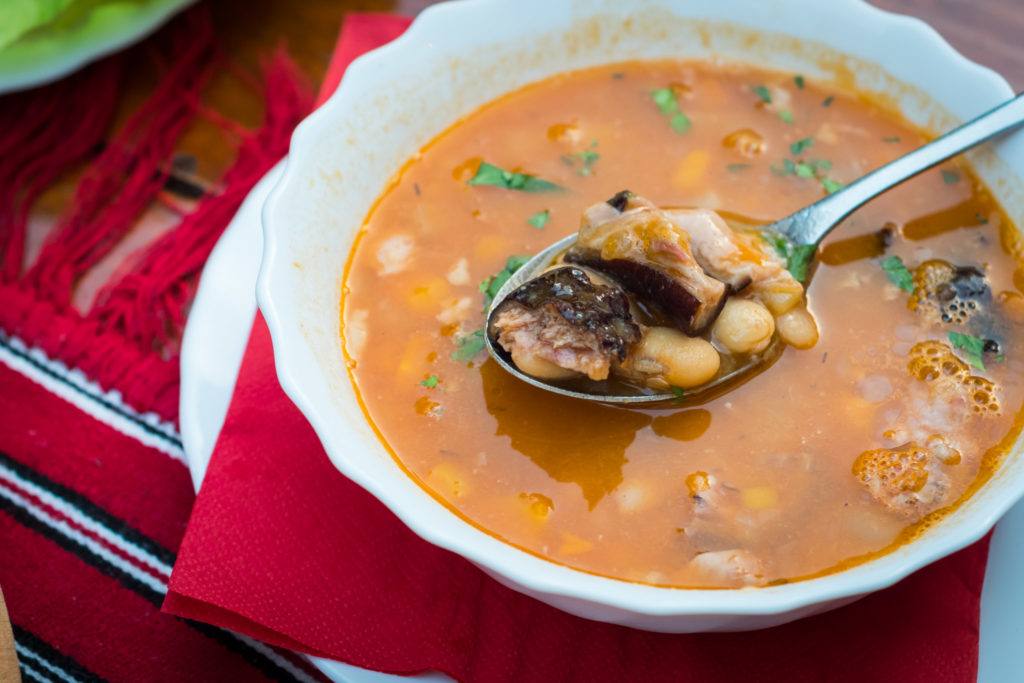
Ciorbă de fasole cu afumătură – Bean Soup With Smoked Ham Hock
Smoked ham is an ingredient that is used to flavor many local dishes. Smokey, meaty goodness! Mixing with beans makes for a hearty winter meat soup. Eaten at Vatra, Bucharest – with an excellent traditional Romanian food menu.
Ciorbă de perişoare – Meatball Soup

Speaking of hearty soups, look at all that butter! Romanian meatball soup is likely a product of Turkish cuisine but Balkan cooking and cold winter weather seem to have fattened this dish up for the local market.
Fasole batută – White Bean Dip
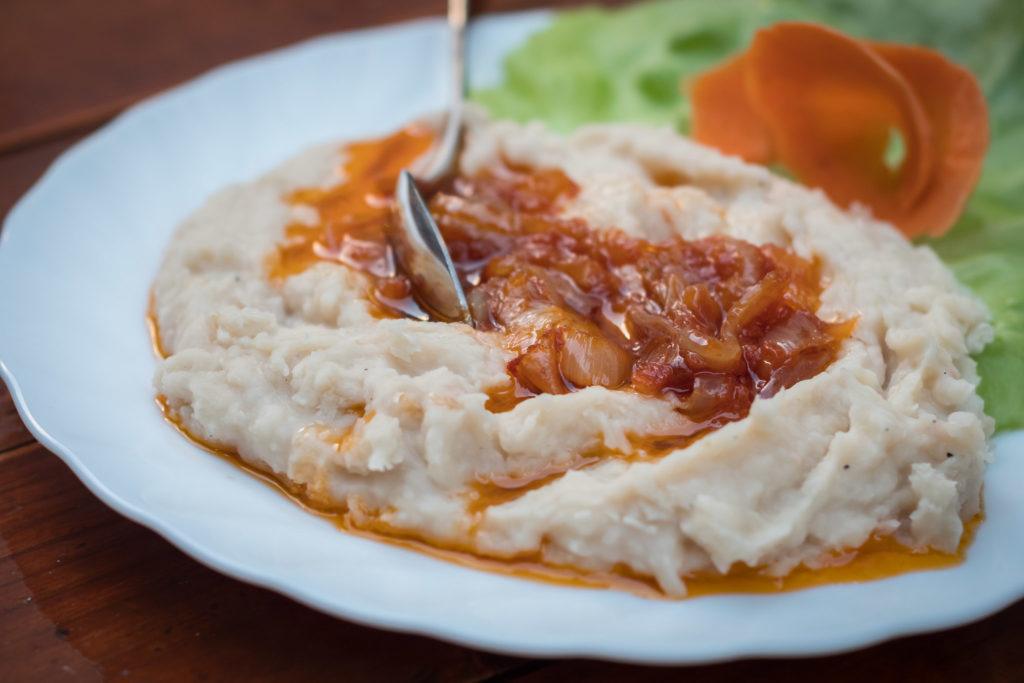
Fasole batută is a simple yet delightful dish where white beans are mashed and smoothly blended with oil, and often a touch of garlic. It’s then topped with a sprinkle of paprika and either caramelized or crispy onions, adding layers of flavour and texture. This dish pairs excellently with smoked meats, sausages, or simply enjoyed with bread. A memorable tasting of Fasole batută was at Vatra in Bucharest, where its comforting and homely essence truly shone through.
Romanian Cheeses
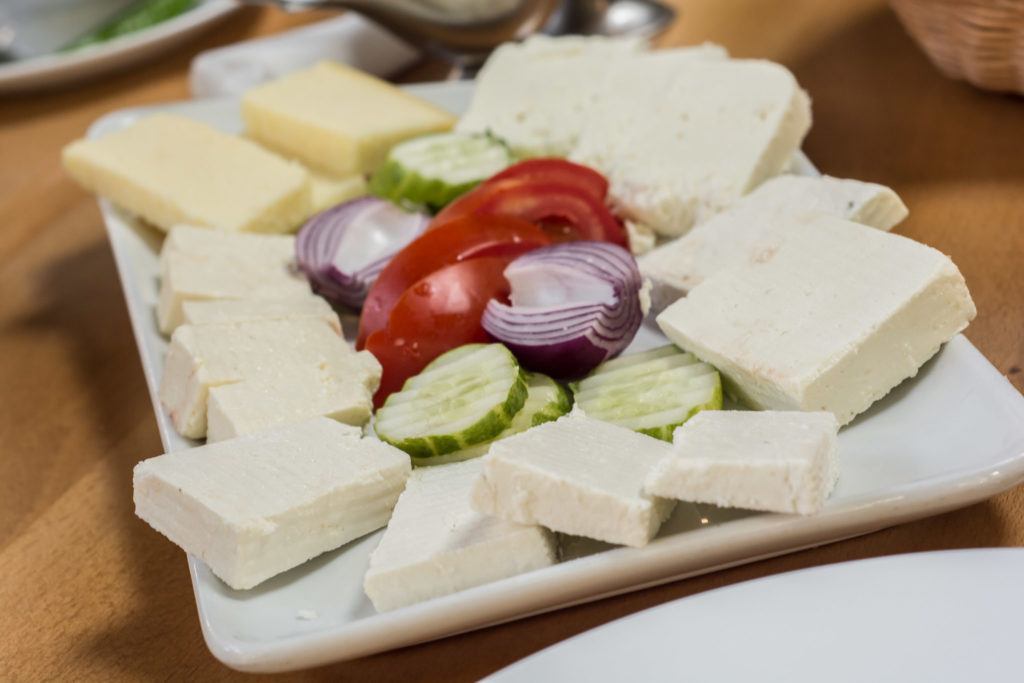
There are many Romanian cheeses. Here are a few important ones to look out for:
Telemea – A salty white cheese similar to feta.
Brânză de burduf – A unique sheep cheese matured twice, first in wood, then in sheepskin.
Cașcaval – The semi-firm yellow cheese similar to very mild cheddar
Caș – A fresh white cheese made from sheep or cow’s milk.
Năsal – A special white cow’s cheese that can only be produced in Taga cave where a bacteria lives that cannot be synthesized elsewhere.
Take a Bucharest Food Tour:
Diving into a local food tour is the insider’s way to experience a new place, blending culinary adventure with cultural insight. It’s a chance to sidestep the usual tourist traps and discover hidden gems, tasting authentic traditional dishes while soaking up stories and traditions that only locals know. Here’s a couple of our favourites:
Bohemian Bucharest Markets and Mahallas Walking Food Tour Bucharest Beer and Culture Tour with a Local
Traditional Romanian Food: Grilled Meats & Fish Dishes
Romanian grilling showcases a diverse range of meats and fish. This Romanian tradition highlights the importance of simple cooking techniques to achieve complex flavours. In this section, we explore some of the must try meat and fish dishes in Romania.
Mici / Mititei – Rolled Minced Meat

The words Mici & Mititei both mean “Small ones”, and mici is literally a small rolled meat. Normally made from a mix of beef, pork, and lamb as well as spices that may include garlic, black pepper, thyme, and coriander. They are similar to “Ćevapi”, a rolled meat considered as a national dish in Bosnia. But Mici is the original Romanian version, supposedly invented in the 19th century, and can be found on almost every restaurant menu. The above were eaten at Hanu’ Berarilor Casa Soare.
Pleşcoi Sausages
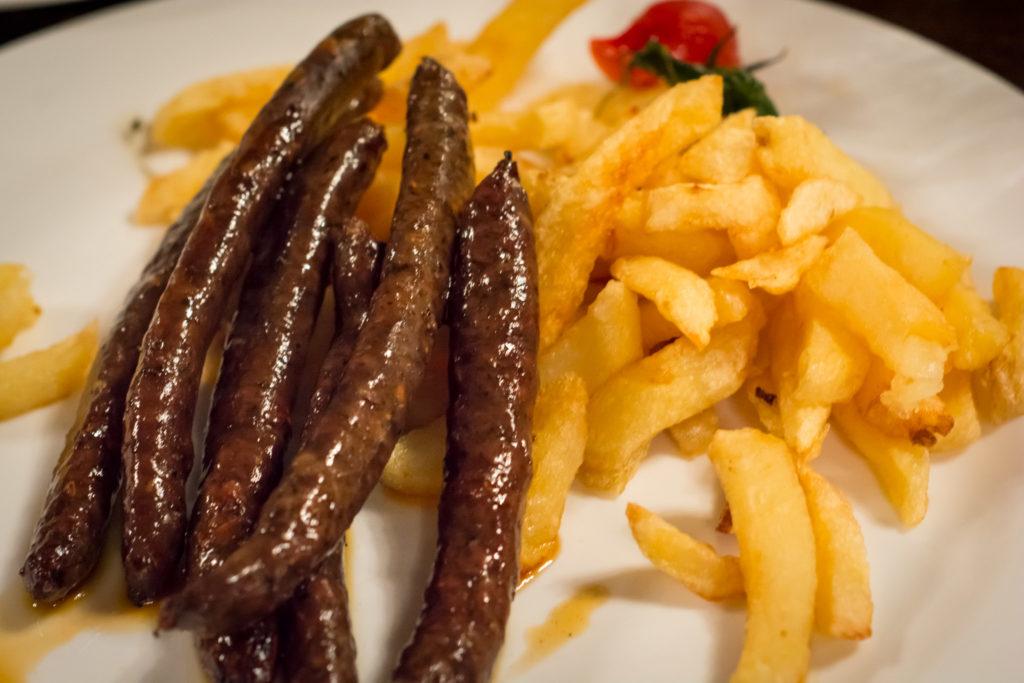
Pleşcoi Sausages are a firm, thin sausage made from mutton and spiced with garlic and chili. They taste a little dry but are packed with flavor. Traditionally these are made by home producers in the village of Pleşcoi, and can be bought door to door. Now they are produced on a larger scale to meet demand. We had the pleasure of trying these at one of Bucharest’s most famous traditiona restaurants – Caru’ cu Bere.
What To Eat in Bucharest: Beer sausages (mild chili) – With Sundried Tomato Potatoes
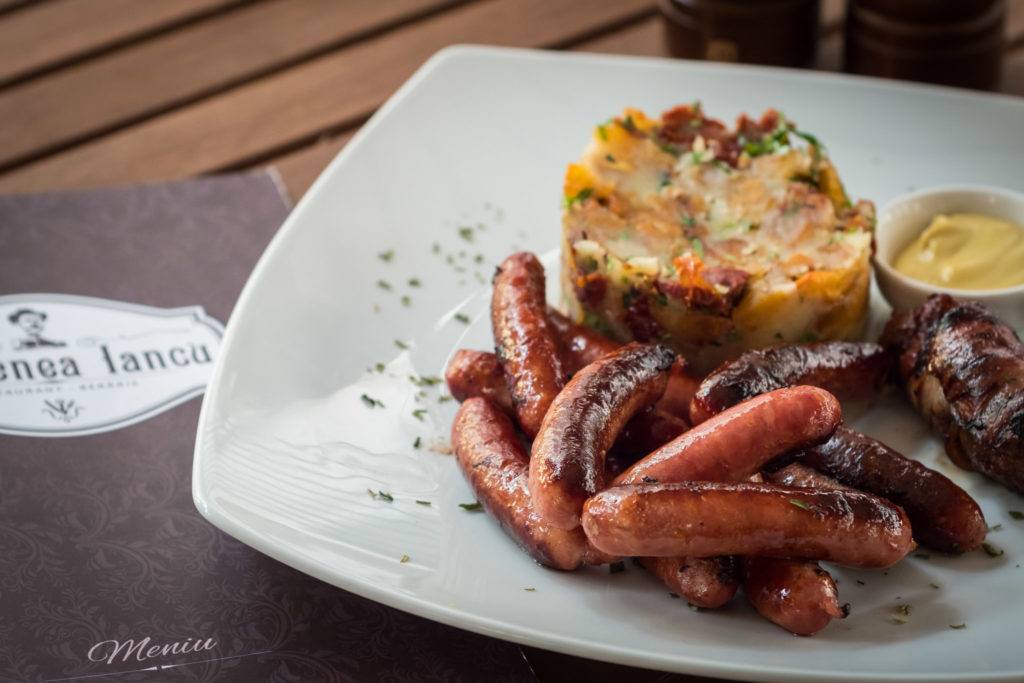
There are many different cooked sausages to try in Romania, but this was one of my favorite dishes in Bucharest. The beer sausages are not made with beer but are made to be eaten while drinking beer as they are mildly spicy. The star of this plate though was actually the potatoes with sun dried tomatoes (ordered as a side). Try this only at La Nenea Iancu Pub – Named after the famous Romanian writer of the same name, but without the word pub ;-)
Varză țărănească cu Ciolan Afumat – Smoked Ham Hock & Rustic Cabbage

Smoked Ham hock is used in so many dishes. But for a big wedge of meat heaven, you can order the whole thing. Cabbage is a popular side and you’ll find that many cabbage side dishes, like this rustic cabbage, that has been cooked with smoked ham. Double whammy for the hammy! Eaten at Vatra, Bucharest.
Grilled Trout

The most popular fish in Romania is Trout, Pike, and Carp. Find them either baked or grilled.
Looking For Accommodation in Bucharest?
After numerous jaunts to Bucharest, we’ve curated an exclusive list of the city’s best stays, combining elegant urban hotels with chic, hidden gems in vibrant neighbourhoods. Each spot offers a unique window into Bucharest’s lively culture and history, ensuring a stay that’s as memorable as it is comfortable.
From budget to luxury, check out our top picks for Bucharest Hotels & Hostels more
Traditional Romanian Dishes: Mains, Stews & Sides
In this section, we’re delving into the world of Romanian Mains, Stews & Sides. Here, you’ll encounter the heart (and belly)warming ‘Sarmale’, dive into rich, flavourful stews, and get cosy with the ultimate comfort food, ‘Mămăligă’. This part of our journey celebrates the depth and diversity of Romanian cuisine. Each dish is a story of tradition, packed with flavours that speak of home and heritage. So, fork at the ready – it’s time to discover the true essence of Romanian traditional food!
Sarmale
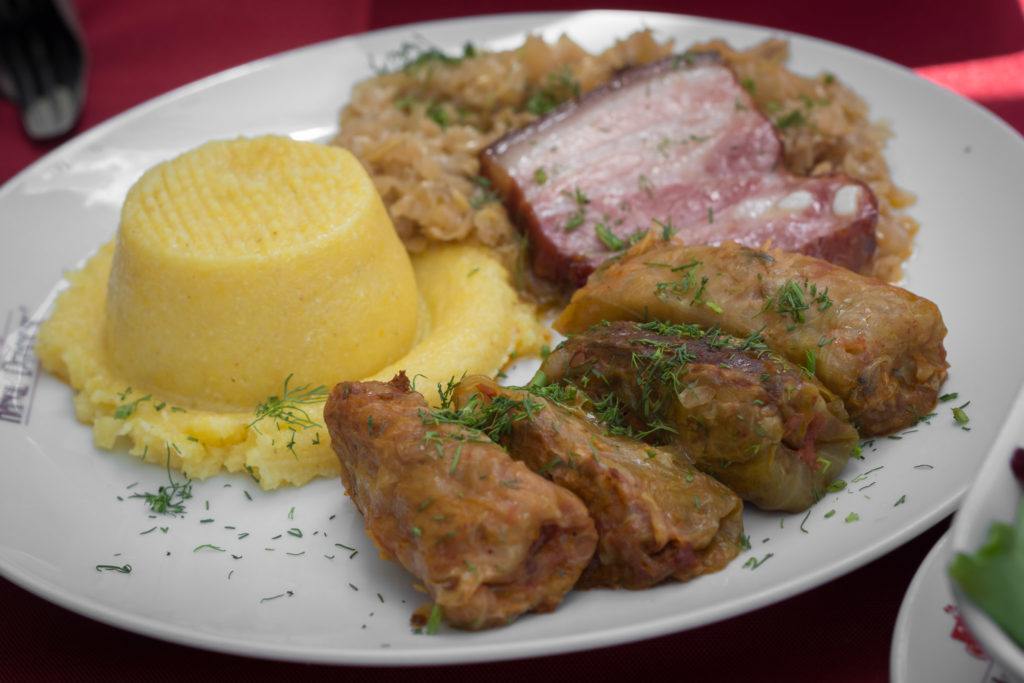
Sarmale is ground pork and rice, wrapped and cooked in cabbage leaves. It’s considered a Romanian National Dish. Romanians claim this version as 100% Romanian, though it could possibly be derived from a similar Turkish dish. Our top picks of this dish at Hanu’ Berarilor Casa Elena Lupescu, Bucharest. Or at Hanul Domnesc, Brasov.
SĂRMĂLUȚE ÎN FOI DE VIȚĂ – Sarmale With minced Goose in vine leaves
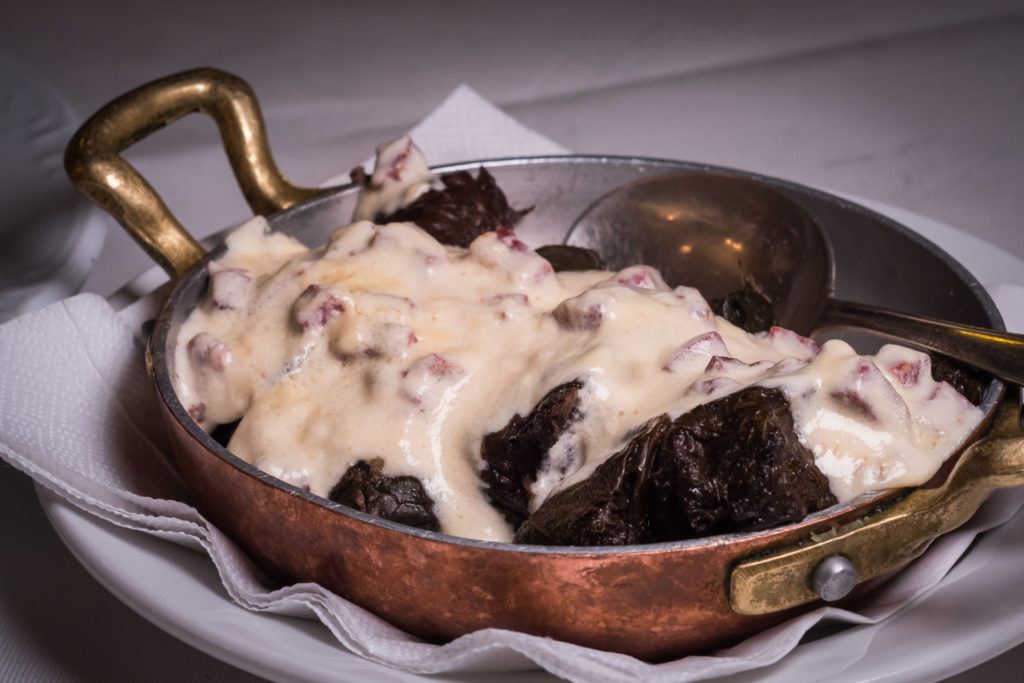
This is a cross between a fancy version of dolma – stuffed vine leaves and Romania’s sarmale above. This version stuffs the vine leaves with goose, instead of pork and covers it with a rich cream and bacon sauce. It was considered a Romanian delicacy during the interwar period (1919-1939) at a time when Romania was relatively affluent. It’s now being served up at some fancy restaurants around the country such as Zexe Zahana & Lacrimi și Sfinți.
Bulz / Bulz Ciobanesc
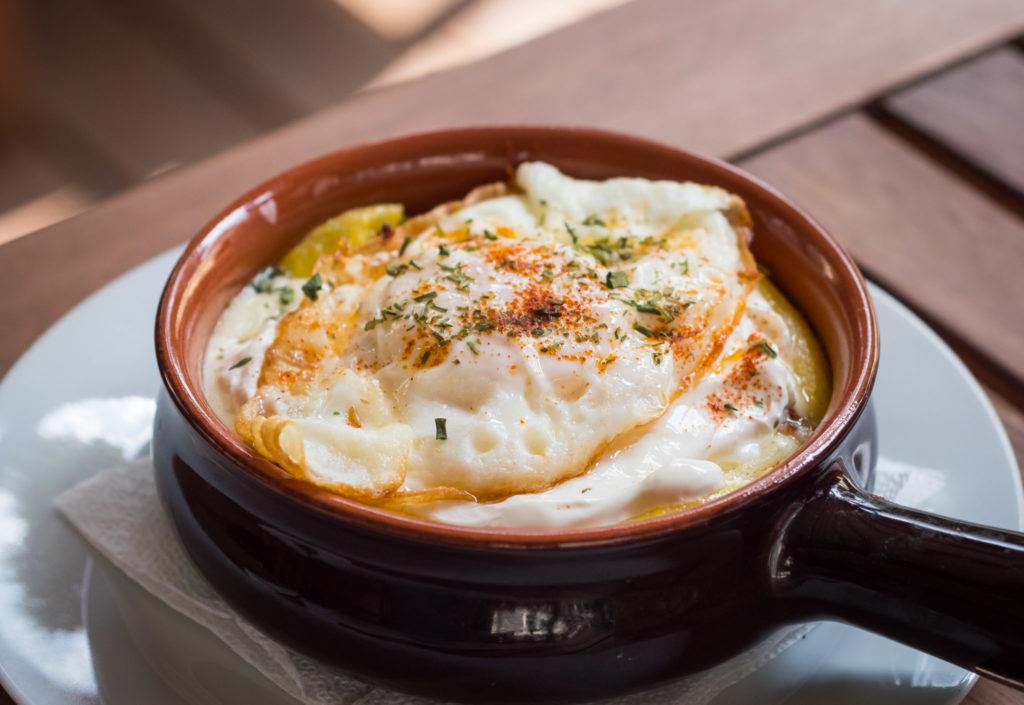
Romanian Dishes – Bulz / Bulz Ciobanesc[/caption] Bulz is polenta mixed with white cheese and baked in the oven, normally topped with a fried egg. Ultimate comfort food that packs in the calories. Often served as a starter or side, this is really a full meal for one person. Eaten at La Nenea Iancu Pub.
Varză a la Cluj – Cluj Style Cabbage
Think of this like a cabbage hash. Shredded cabbage cooked with pork and sour cream. Cluj Napoca is a large city in northern Romania and this version of cabbage is popular there.
Pomana Porcului – Pork Feast
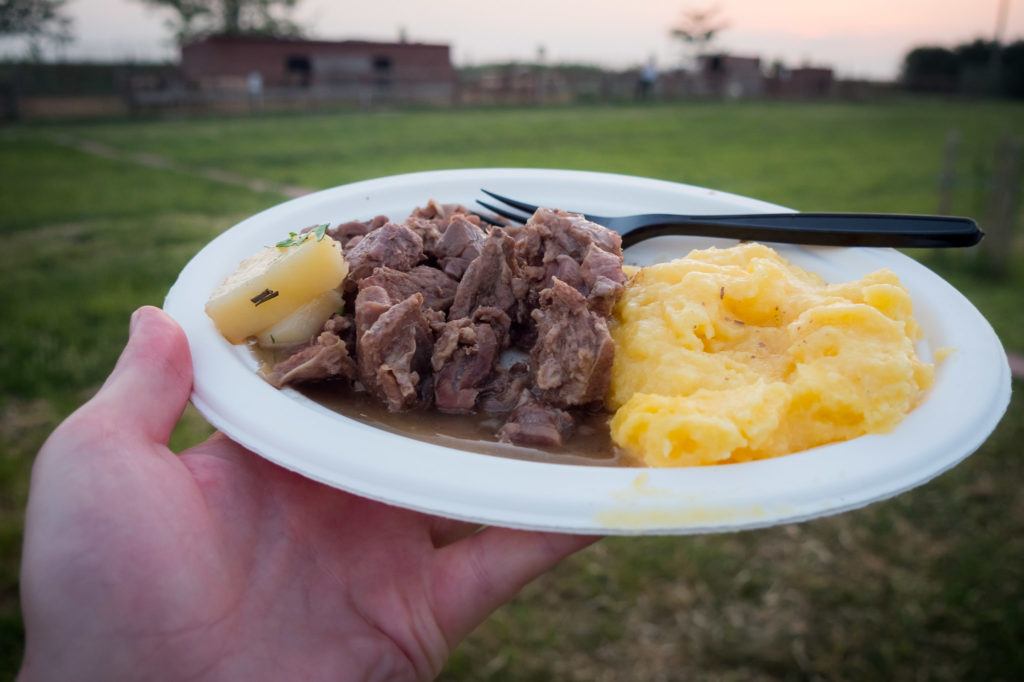
Pomana Porcului means “pork feast”. It’s the Romanian dish traditionally eaten straight after the slaughter of a pig, to honor the sacrifice. It features some of the choice lean cuts, pan-cooked in their own juices perhaps with a little wine. It’s a real farmers’ meal.
Ciolan afumat cu fasole – Army Stew (Beans & Pork Stew)

Another dish made with ham hock. This hearty stew called Ciolan afumat cu fasole is also known as “army stew” as it was the perfect easy to make, filling meal to keep the troops happy.
Drob de Miel – Lamb Haggis with Boiled Egg
Drob de miel is like a Lamb haggis meatloaf with a boiled egg down the middle so each slice has a circle of egg in the middle. Served at Easter referring to the sacrifice of Jesus, the Lamb of God.
Transylvanian Stews – tochitură ardelenească & Gulaș de cartofi cu afumătură
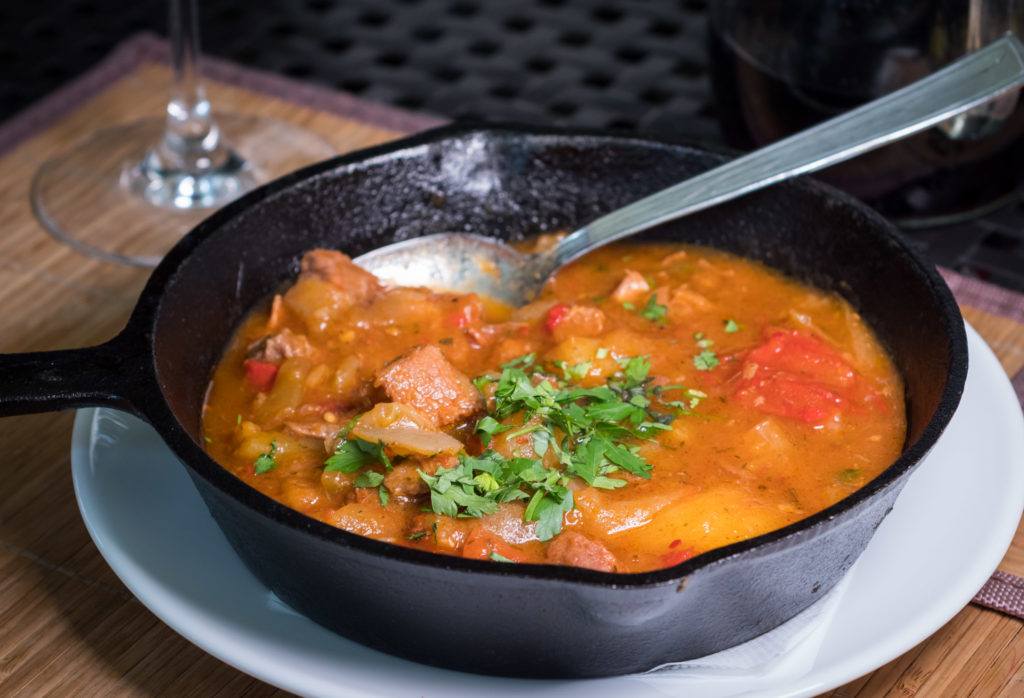
The tochitură ardelenească is a classic Transylvanian stew made with or without tomato (wine is the substitute for tomato) with the addition of vegetables like carrots, peppers, and potatoes. Eaten at La Mama, Bucharest – a popular place, but the food was a little lackluster. You may also find an alternative version called Gulaș de cartofi cu afumătură – which is a potato goulash with smoked ham added. Transylvania was previously part of the Austro-Hungarian empire before joining Romania in 1919, so it’s cuisine is more heavily influenced by that historic region.
Ghiveci cu pește – Fish Stew With Vegetable
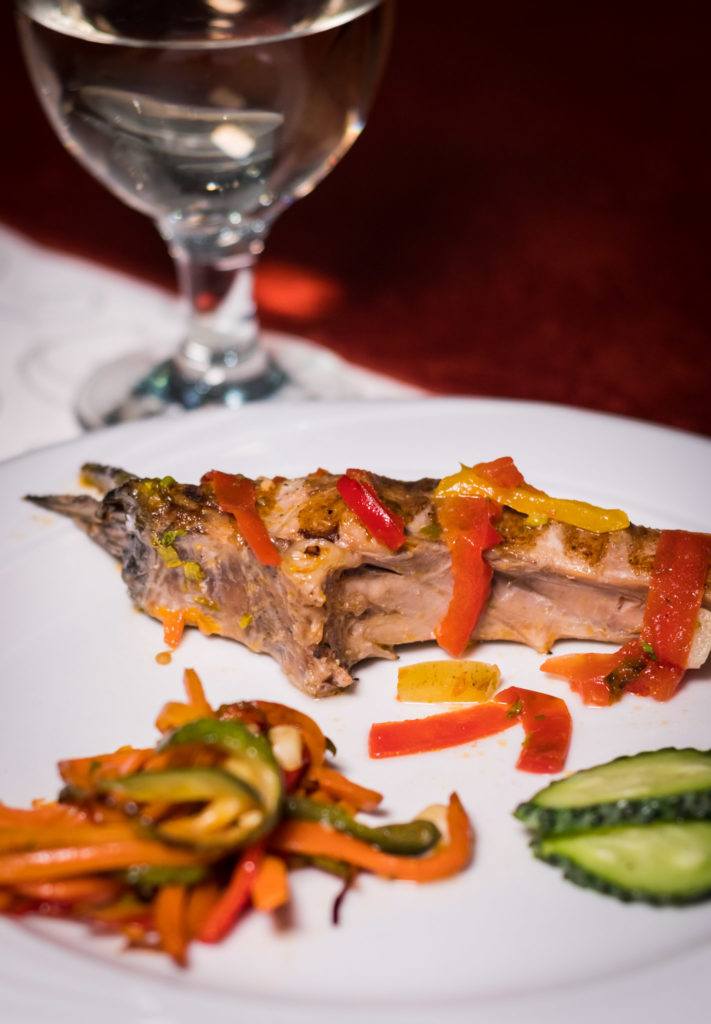
A classic example of a “use what you have” dish. Throw fish and whatever vegetables are available in a big stew pot and cook slowly. A simple solution for those living near the rivers, delta, and black sea areas of Romania. Eaten at Hotel Sunrise, Danube Delta. Head out to the protected delta area for an incredible natural setting.
Tochitură moldovenească – Moldavan Stew

Moldova borders Romania to the northeast of the country and used to be a part of Romania. Whether this dish is Romanian or Moldovan seems to be unclear, it was invented in the Moldovan region but possibly before Moldova became part of Romania in 1859. Moldova’s independence still left behind a culinary mark on Romania. The meat heavy stew includes smoked ham, pork loin, and sausages, stewed in a tomato sauce and then served with polenta covered in white cheese and topped with a fried egg.
Mămăligă – Romanian Polenta
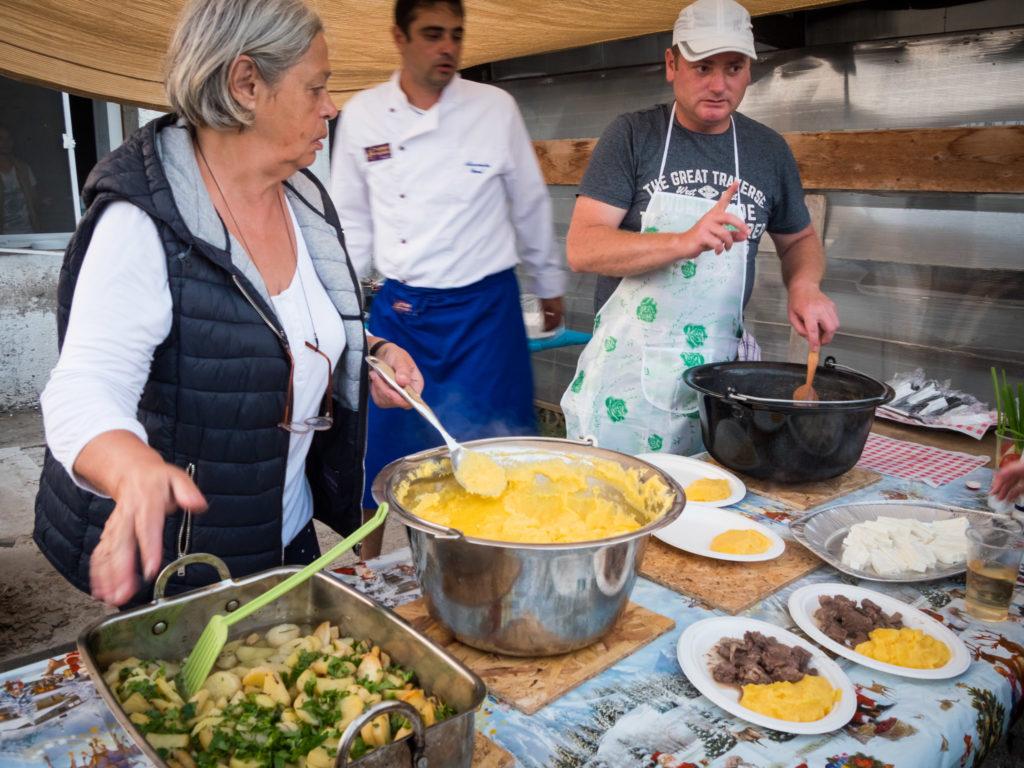
Mămăligă is Romania’s polenta dish – made from boiled cornmeal. The ancient version of this dish, before corn arrived in Europe in the 16th century, would have been made from millet flour and is likely a remnant of Roman occupation. Corn grows well in the Danube Delta region of Romania and polenta is a traditional peasant food as an alternative to bread. Today, Mămăligă is served as a side along with many traditional Romanian dishes. Its dense texture is buttery and rich.
Traditional Romanian Food Podcast
In This Episode:
What To eat in Romania – our top picks for must try foods when you visit Romania
Ancient Foods Of Romania – 2 dishes that have probably been made in the region for at least 2,000 years and are still hugely popular today.
We head out to the farm to try an authentic Romanian pork dish that honors the sacrifice of the pig
Plus a Romanian dessert that will make your tastebuds sing with joy!

Listen & Subscribe: iTunes | Spotify |
RSS: https://feeds.captivate.fm/thedish/
Support: Become a Patron | Email: [email protected]
Romanian desserts
If you’ve navigated the feast of Romanian cuisine and still have room for dessert, you’re in for a treat! Here in our Romanian desserts section, we celebrate the enduring sweet tooth. Get ready for ‘Papanași’, ‘Cozonac’, and more – the perfect encore to a hearty meal. For those who believe there’s always room for dessert, you’ve hit the jackpot
Papanași – Romanian Donut
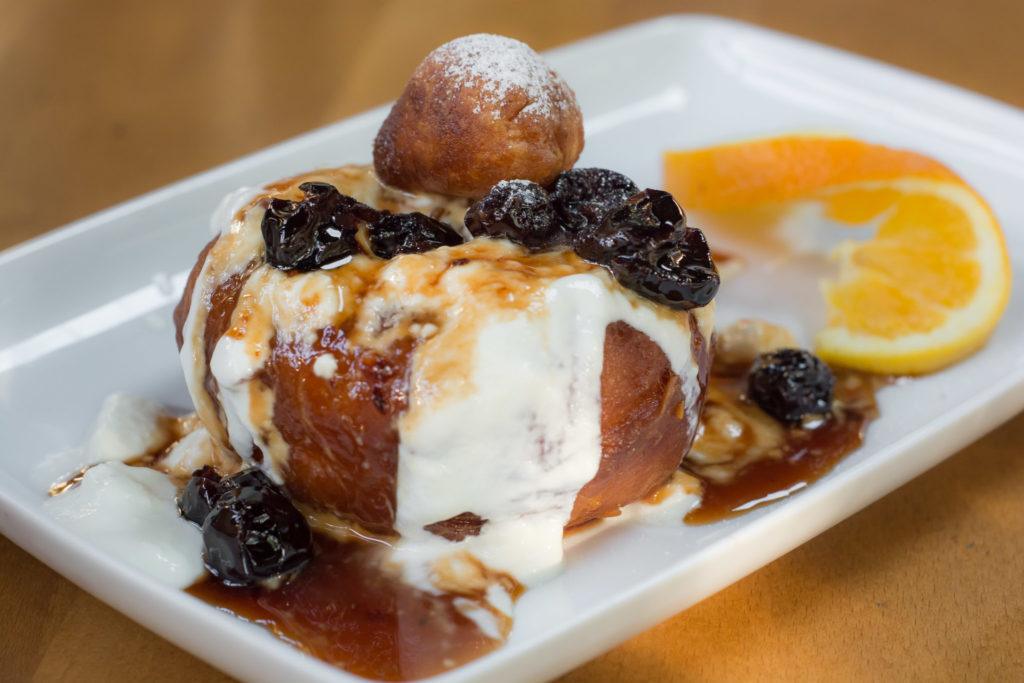
Papanași is a boiled or fried donut, stuffed with soft white cheese or cottage cheese and topped with sour cream and a fruit compote. As the most popular of Romanian Desserts, it can be found on almost every restaurant menu and may be considered an honorary Romanian National Dish.
Donuts have a long and complicated history. Fried or boiled dough has been a part of many cultures and it’s hard to track an origin. Romanian Papanași is believed to have derived from Austro-Hungarian cuisine. The name itself may have derived from the Latin “pappa” which in context means kid’s food, rather than father. Papanași is certainly a fun food, and a must try Romanian Dessert.
Eaten at Hanu’ Berarilor Casa Soare, Bucharest.
Salam de Biscuiti – Romanian Salami Biscuit
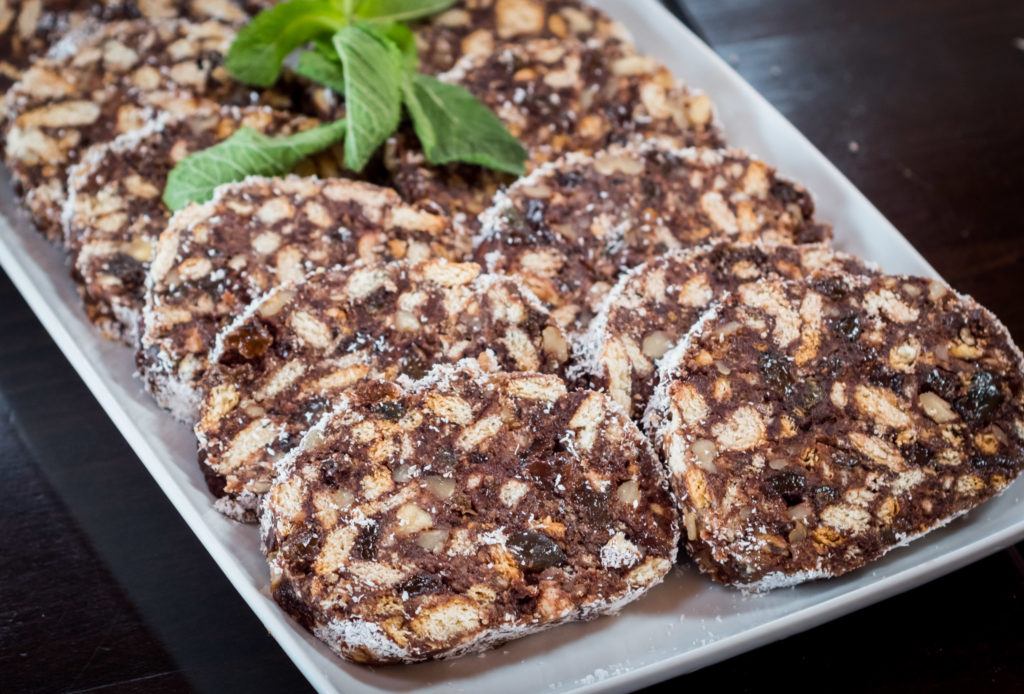
Crumbled biscuits, cocoa powder, and other ingredients combine to make a salami shaped Romanian dessert. Absolutely no meat salmis were harmed in the making of this dessert though ;-) A salami even a vegetarian can enjoy.
We had a great version of this at Life Harbour Marina Restaurant – though it’s not always available. Contact them in advance to check. You can also take a boat trip from the marina.
Cozonac – Marble Cake
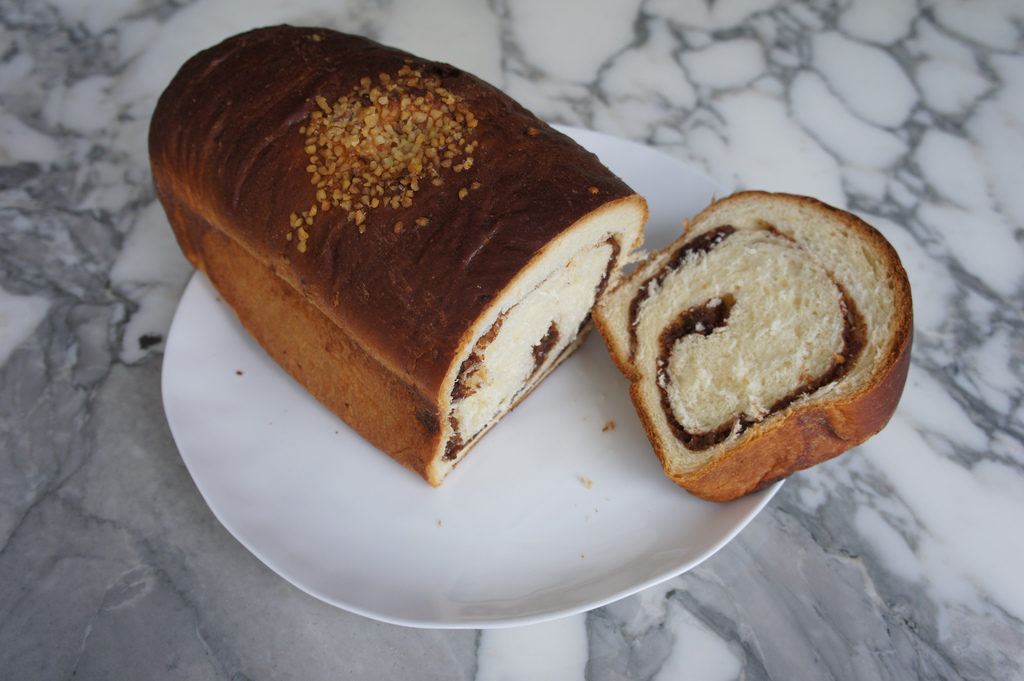
Cozonac. Photo Credit: https://www.flickr.com/photos/dcostin/
Cozonac is a Romanian marble cake – but a little closer to a sweet bread than a cake. It’s particularly popular during holiday periods such as Easter and Christmas.
Plăcinte cu brânză dulce – Fried dough with sweet cheese
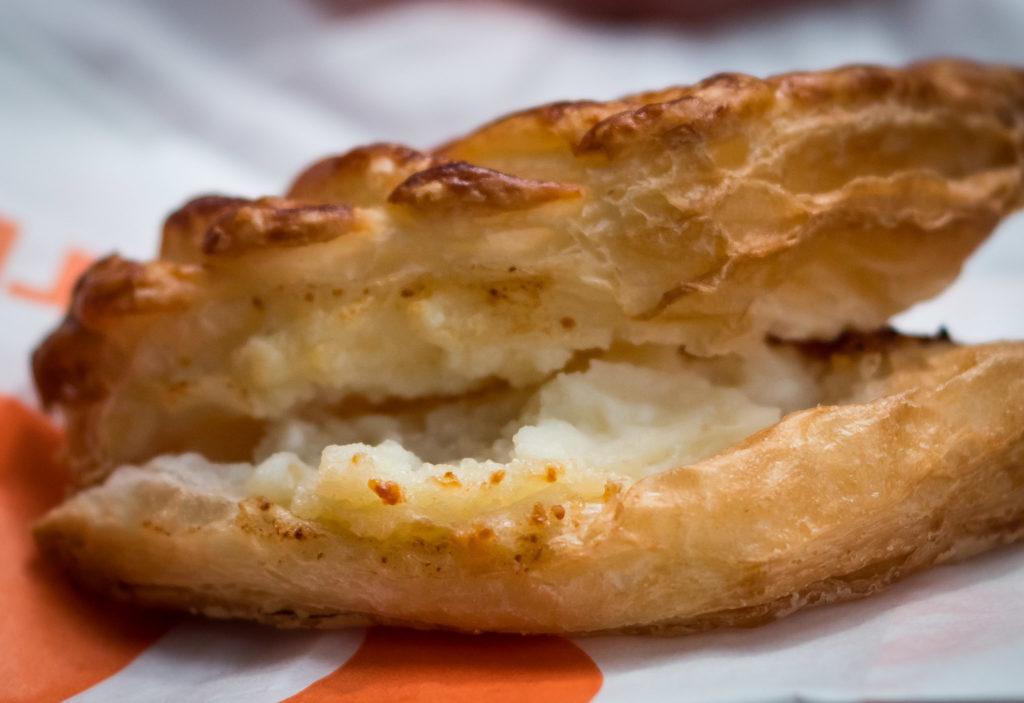
Plăcinte cu brânză dulce – Fried or baked dough with sweet cheese. The addition of sweetened cheese converts Romania’s famous cheese pies into Romanian desserts. They come in many different forms and can be found at bakeries throughout Romania.
Brânzoaică – Moldovan Sweet Cheese Pastry
The Moldovan version of the sweetened cheese pie. Layers of pastry are folded over onto the top to make a flat pie with 4 triangular flaps. This can have vanilla and raisins added to the cheese and lemon zest added to the dough mix.
Plăcintă cu mere – Romanian Apple Pie
A flat apple pie made with sweet dough, flavored with vanilla.
Romanian Drink – Wine, Beer & Spirits
Romanian Drink: Beer
Romanian beers, often overlooked in the bustling European beer scene, offer a delightful blend of tradition and modern brewing techniques. These brews range from light, crisp lagers to rich, dark ales, each carrying a unique taste profile that captures the essence of Romania’s diverse and vibrant beer culture.
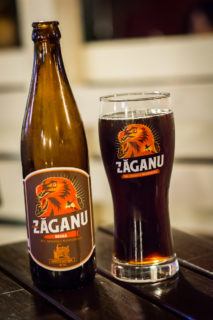 |
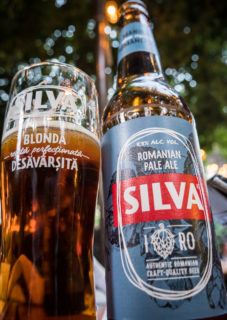 |
 |
Ursus – A popular commercial Romanian beer, light, dark and unpasteurized options.
Silva – The most commercially available Romanian craft quality beer. They have a blonde and a dark larger, the pale ale is the closest to a true craft beer of the three.
Zaganu – Also a popular Romanian craft beer with both dark and blonde options.
Ciuc Beer – Probably the easiest to find beer. It’s an easy drinking, malty brew. Definitely a big mass production larger.
Romania Wine

Romanian wine, a hidden treasure in the world of viticulture, merges ancient winemaking traditions with modern finesse. It’s a delightful revelation for any wine enthusiast looking to explore beyond the usual, offering a sophisticated yet uncharted experience in each glass.
Here are a few varieties to keep a look out for:
Fetească Neagră – Is probably the most famous Romanian Wine variety. It grows through much of Romania and Moldova producing a dark ruby wine with black currant characteristics. You’ll find it on most menus and every supermarket shelf.
Fetească Albă – The white Romanian wine variety that is also endemic to the region and easy to find. Used for both sparkling and still wines in Romania & Moldova.
Some other Romanian wine varieties to look out for:
White: Tămâioasă Românească (sweet & semi-sweet wines), Grasă de Cotnari (Grown only in the Cotnari region since the 15th century), Galbenă de Odobești
Red: Băbească Neagră (Light-bodied, fruity wine) If you can’t make it to a winery, Paine si Vin in Bucharest has an amazing selection of wine and very knowledgeable staff.
Romanian wine is relatively unknown internationally. But with a great climate for growing grapes, and grape varieties endemic to Romania, you’ll be excited to discover some new flavors.
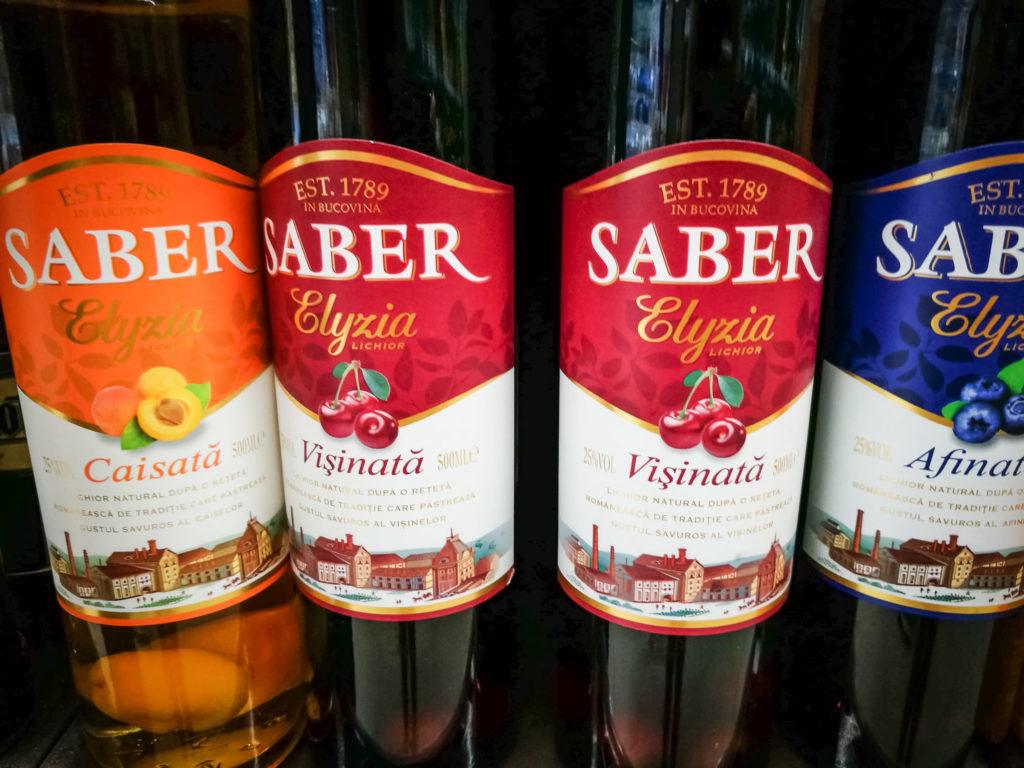
Fruit Liqueurs
Romanian fruit liqueurs are all made in the same way and are produced from whatever fruits are in season. It’s common for these styles of liqueurs to be mostly homemade. So finding a commercial product (like Saber, above, stocked in Carrefour in Bucharest), or seeing them in restaurants is less common. If you manage to get invited to someone’s home in the country, then you’ll probably be in luck! Production is simple. Take fruit of your choice (I like the sour cherry “vișine” the best). Add the same weight in sugar. Leave to ferment for a few days, then add vodka or Țuică and leave to mature for 100 days at room temperature. Then filter out the fruit and drink the beautiful colored liquid
Romania Drink: Spirits
Some fortified drinking before or after dinner.
Pălincă, Țuică & Rachiu

Pălincă – A fruit brandy originating from the Austro-Hungarian empire in the middle ages. The most common varieties are pear, plum, and apricot. Pălincă has a serious kick, commonly around 45% ABV, you can find it over 70% on occasion.
Țuică – Specifically a plum raki and traditional to Romania. This spirit is produced once the wine harvest is complete, from October to December. After 6 to 8 weeks of fermentation in barrels, the plums mix is then distilled. As well as commercial production, Romanian families in the countryside often produce their own. It’s customary to drink one shot, only before a meal, and not after.
Rachiu – The Romanian version of raki. This drink originates from Turkey (where it may also be called arrack) and is popular throughout the Balkan region. In Romania, the word refers to any raki that is not Țuică (made from plums). So you will find Rachiu made from pears, other fruits and even from grains.

And there we have it, the end of our journey through the flavours and delights of Traditional Romanian Food. As you prepare for your next adventure to Romania and its vibrant capital, Bucharest, remember that you’re not just about to explore a place, but also a rich, culinary tapestry. Expect to be enthralled by the array of tastes and dishes that await you. Here’s to a journey filled with delicious discoveries – Romania is ready to treat your taste buds to an unforgettable experience!



